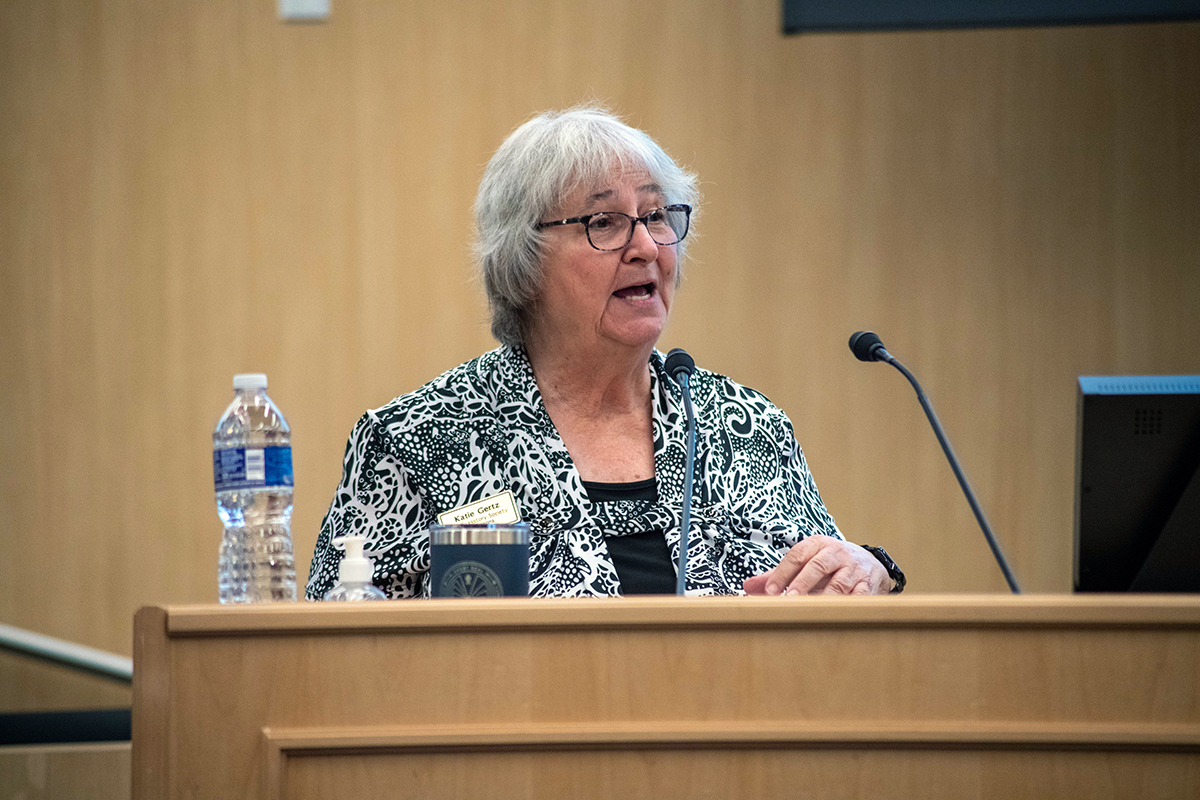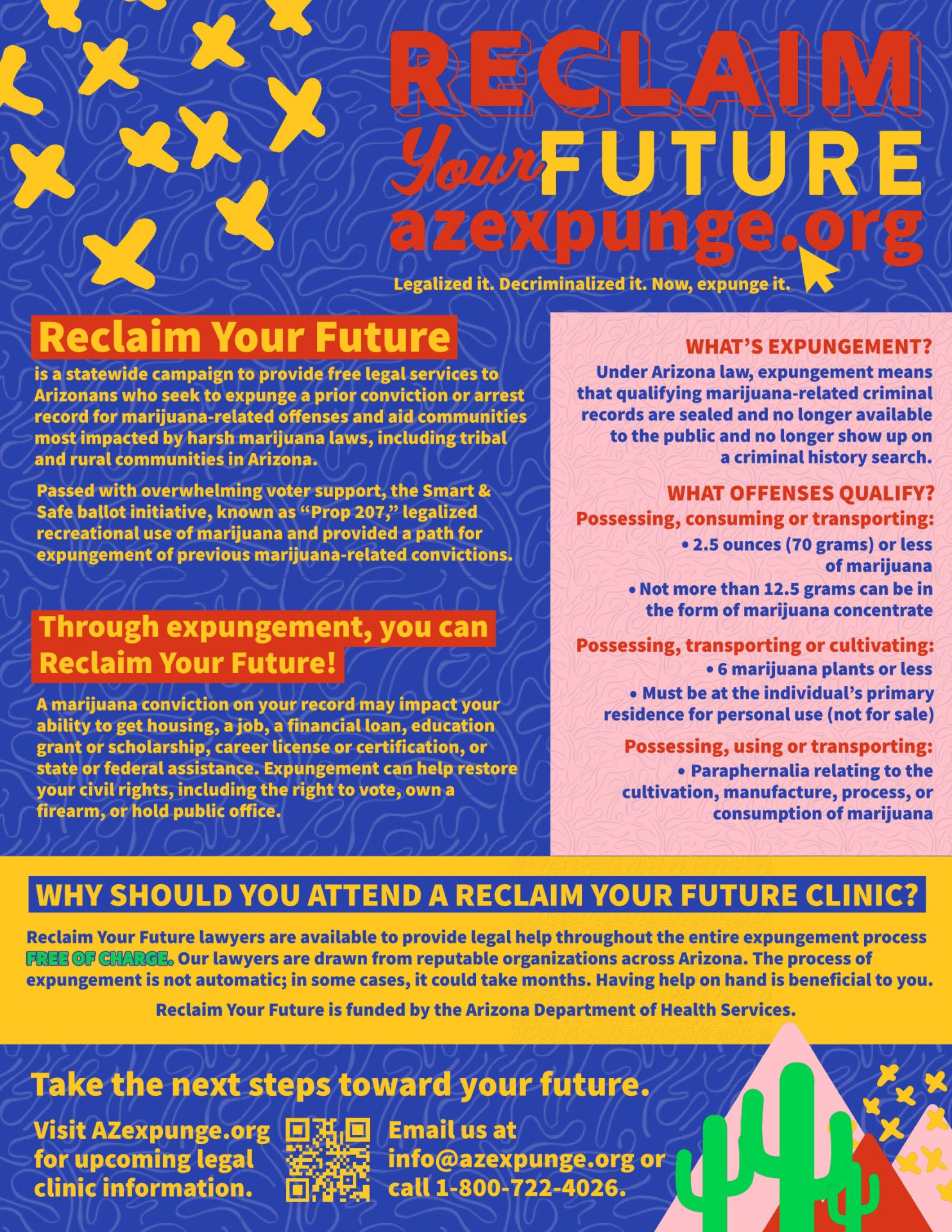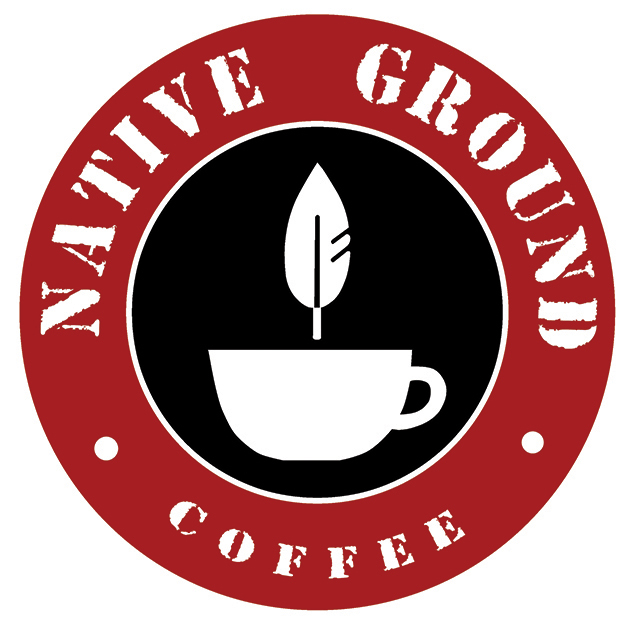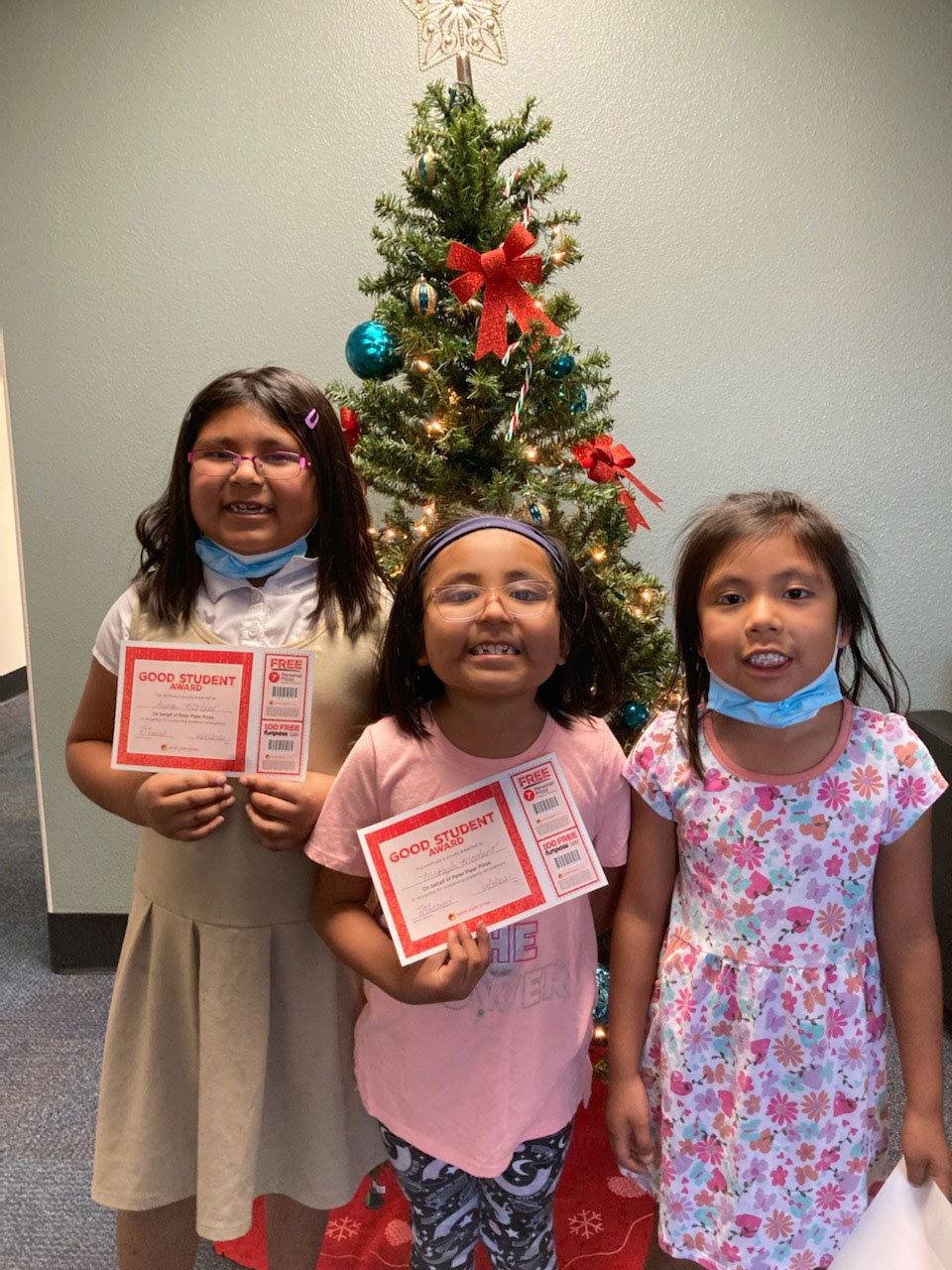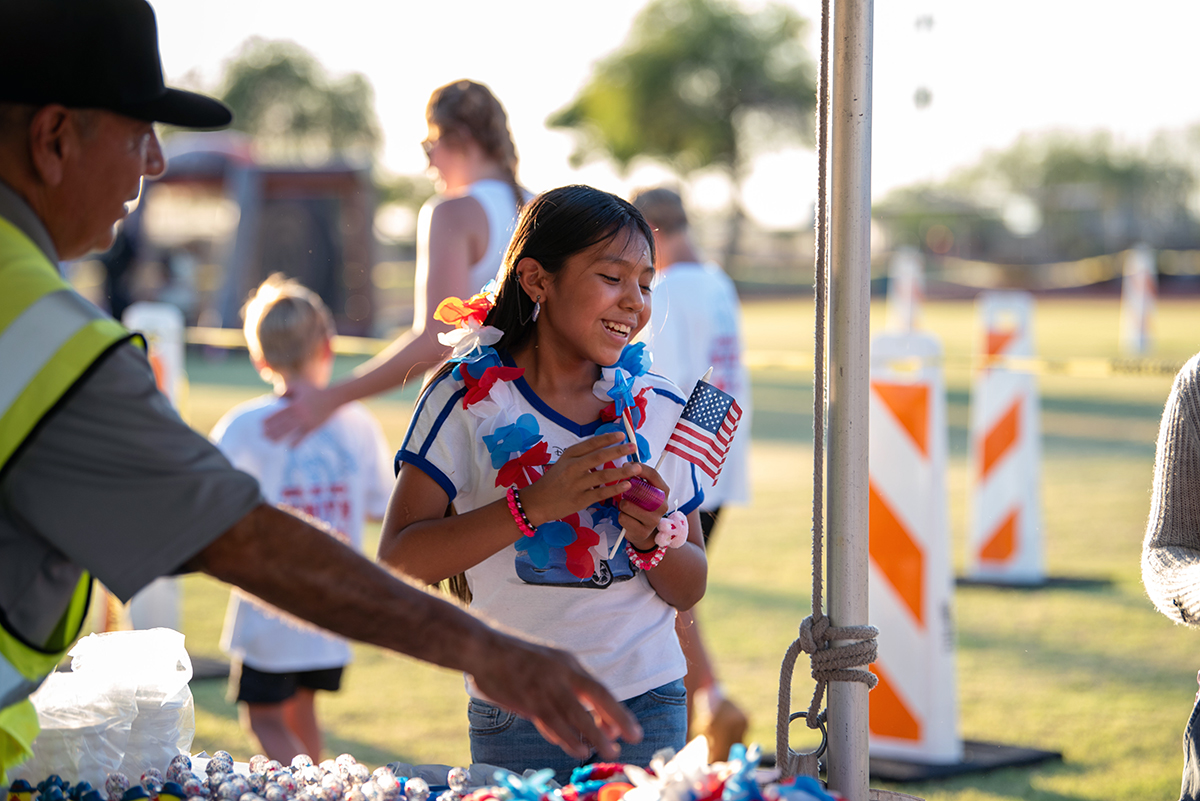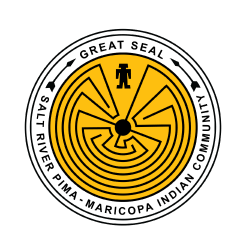VIEWS: 426
September 29, 2025Summer Speaker Series Introduces Genealogy 101
3 Takeaways:
- Salt River Pima-Maricopa Indian Community members can get started with their family history chart by contacting the Community Development Department (CDD).
- Indigenous people seeking their family history through genealogy face unique challenges, but there are still many resources available.
- Knowing your family history is something intangible that you can share with others but will always belong to you and your family.
For the penultimate installment of the inaugural Summer Speaker Series, host and Assistant Community Manager Lena Jackson-Eckert invited Katie Gertz to share how she got started tracing her family history and learning about genealogy.
Gertz is president of the Family History Society of Arizona and leads the genealogy club at Sunland Village East. She began her journey into genealogy in 2008 and gladly shared what she’s learned along the way at the presentation in the SRPMIC Council Chambers on August 26.
There are many reasons why a person might decide to begin documenting their family history. Whether it’s for health reasons, as a hobby or to strengthen their sense of self-identity, the pursuit can lead to incredible outcomes.
Some, like Gertz, may even find family members they didn’t know they had through DNA testing. “That’s why you don’t ask questions you don’t want to know the answer to!” she told the audience with a laugh. “When you start doing family history, you have to be prepared because you may find out things that were secret.”
While DNA testing has become an increasingly popular option, Gertz advises caution and research before choosing a company to work with, as many will share your DNA profile with other agencies, including the government or law enforcement.
The best place to start, according to Gertz, is with what you know, and then progress to the unknown. Begin with yourself, your known relatives, and go from there. She suggests interviewing family members for an oral history before getting into digging for records to support the story. She also suggests recording and documenting your research along the way through journals and audio or video recording. And remember to label everything.
When seeking documents to trace family lineage, the most common are birth, death and marriage certificates, along with records from the U.S. Census, military service, churches and the Bureau of Indian Affairs (BIA). This leads to some unique challenges for many Native Americans whose family history lives beyond the written record. Home births without birth certificates, missing information on existing records and names assigned by BIA agents make for a significant, but not insurmountable, challenge. Fortunately for Community members, there is an invaluable resource at the CDD.
Enrolled SRPMIC members can start tracing their family history in Salt River specifically by contacting CDD for their Family History Chart. It takes about two weeks to get it, but it is a great starting point. Another nearby option to get started is the Family History Discovery Center in downtown Mesa, which is free and open to the public to use.
Charting family history directly maps the connections we have to our past. Once we have a family record and know our lineage, that knowledge belongs to us and our families, becoming part of the story that we share with friends and future generations. It creates a legacy that can be maintained so our ties to the lives of our ancestors can be remembered.
The next and final session of the Summer Speaker Series will be held at the Council Chambers on September 30 and will feature Leslie Meyers of Salt River Project. The final presentation will be focused on the region’s water history and stewardship.
Family History Chart Request for Enrolled SRPMIC Members
The primary function of the Family History Chart is to help a Community member determine their lineal ancestors back to an original Salt River allottee and earlier bloodline. The chart identifies the blood quantum and tribal affiliation for each family member.
To obtain your chart, request the form from CDD, fill it out, and submit it by mail or email.
Community Development Department
Two Waters Building B, 3rd Floor
10079 E. Osborn Road, Scottsdale, AZ 85256
For more information, contact the Office of Membership at (480) 362-7330 or enrollmenthotline@srpmic-nsn.gov.
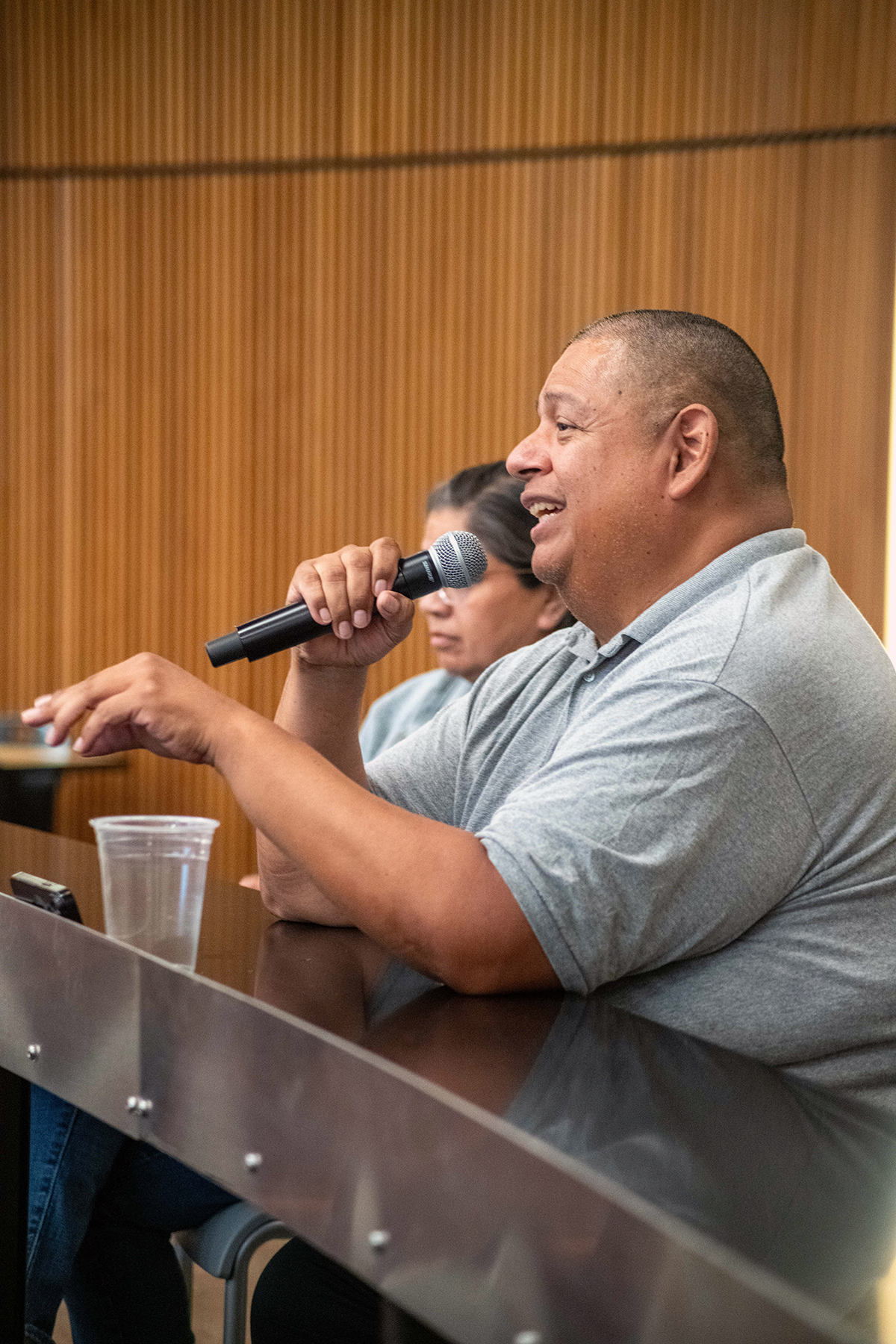
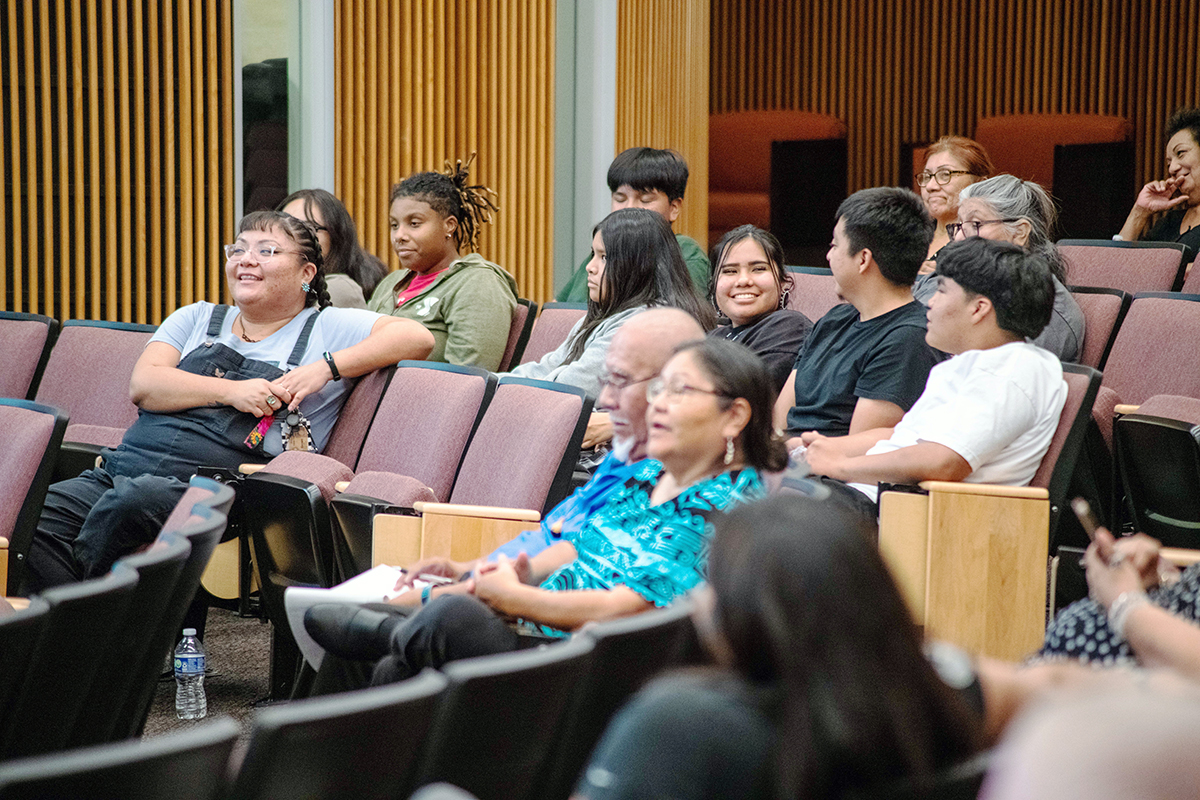
ages to the council chambers.

